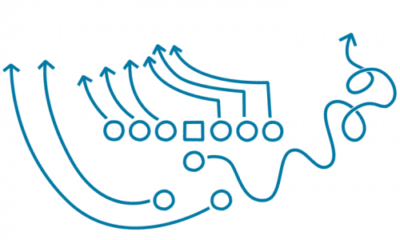As your business is constantly changing, having a rigid process book, otherwise known as a “playbook” is not going to work for you.
What will work is a defined framework for your staff to work within and support your customers’ needs. This article talks about the “how to” and some tips for writing an effective playbook and the steps to getting from where you are today to where you want to be.


